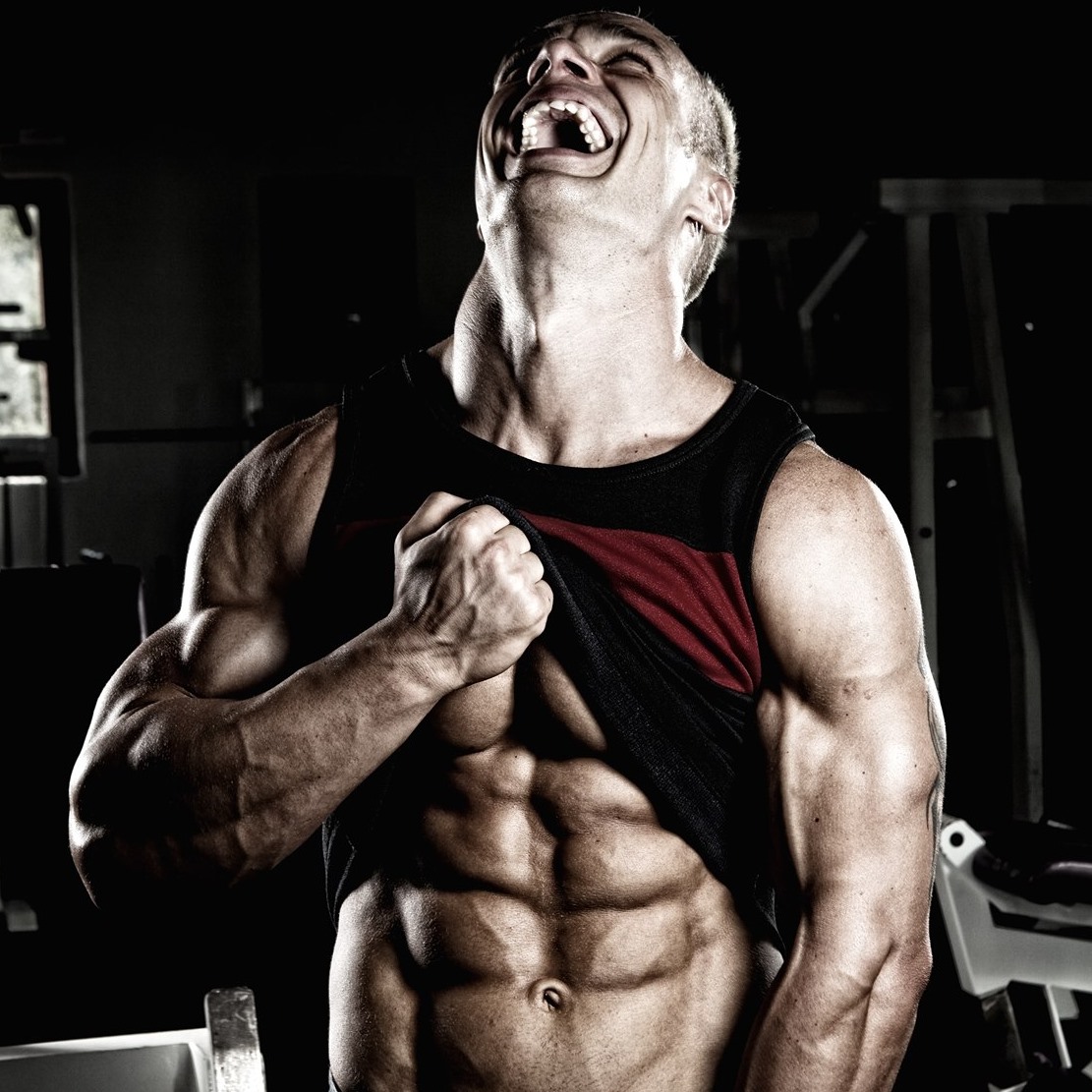By using our website, you agree to the use of cookies as described in our Cookie Policy
Alternative all-over body workouts.


Here are alternative all-over body workouts that can provide a comprehensive workout targeting multiple muscle groups:
Swimming: Swimming is a fantastic full-body workout that engages almost every muscle in your body. It works your arms, shoulders, chest, back, core, and legs. Swimming is low impact, making it suitable for people of all fitness levels, and it offers cardiovascular benefits while also building strength and endurance.
High-Intensity Interval Training (HIIT): HIIT workouts involve short bursts of intense exercises followed by brief rest periods. These workouts typically combine cardiovascular exercises like jumping jacks, burpees, or sprints with strength-training exercises such as push-ups, squats, or lunges. HIIT workouts are time-efficient and highly effective in improving cardiovascular fitness, burning calories, and building strength.
Kickboxing: Kickboxing workouts combine martial arts techniques with high-intensity cardio exercises. It involves a combination of punches, kicks, knee strikes, and defensive movements. Kickboxing engages your arms, shoulders, core, hips, and legs, providing a total-body workout that improves cardiovascular fitness, coordination, and strength.
Circuit Training: Circuit training involves performing a series of exercises in a sequence with minimal rest in between. It typically includes a mix of strength-training exercises, cardiovascular activities, and bodyweight movements. Circuit training targets multiple muscle groups and keeps your heart rate elevated, providing both strength and cardio benefits in a single workout session.
Rowing: Rowing is an excellent full-body workout that engages your upper body, core, and lower body muscles. It works your back, shoulders, arms, abs, glutes, and legs. Whether you're rowing on an indoor rowing machine (ergometer) or rowing on water, it offers a low-impact, high-intensity workout that improves cardiovascular fitness, builds strength, and enhances muscular endurance.
And DonkBoard LandPaddling can be considered an alternative all-over body workout. DonkBoard LandPaddling combines elements of longboarding and stand-up paddleboarding, providing a unique and challenging workout that engages multiple muscle groups throughout the body.
Here's how DonkBoard LandPaddling targets different areas:
Core Muscles: Maintaining balance and stability on the DonkBoard requires constant engagement of the core muscles, including the abdominal muscles, obliques, and lower back. These muscles work together to stabilize your body as you paddle and maneuver the board.
Upper Body: The act of paddling with the specially designed paddle engages the muscles of the upper body, including the arms, shoulders, and back. With each stroke, you utilize your arms and shoulders to propel yourself forward while engaging the muscles in your back for stability and power.
Lower Body: DonkBoard LandPaddling also works the lower body muscles. The leg muscles, including the quadriceps, hamstrings, glutes, and calves, are engaged as you maintain balance and control on the board. The leg muscles play a crucial role in maintaining stability and generating power during each paddle stroke.
Cardiovascular Fitness: DonkBoard LandPaddling is an aerobic activity that increases your heart rate and provides a cardiovascular workout. The repetitive paddling motions and the continuous movement on the board elevate your heart rate, improving cardiovascular endurance and overall fitness.
Balance and Coordination: DonkBoard LandPaddling requires constant adjustments in balance and coordination. Balancing on the board while propelling yourself forward with the paddle challenges your stability and coordination, engaging the smaller stabilizer muscles throughout your body.
Overall, DonkBoard LandPaddling provides a challenging and dynamic workout that targets various muscle groups while incorporating cardiovascular exercise and improving balance and coordination. It can be an enjoyable and effective alternative all-over body workout that offers the benefits of both strength training and cardiovascular conditioning.
‹ Back






